Since the late 1800’s Victoria Falls has been a sought-after destination, these
magnificent curtain of water which descends into a narrow abyss between Zambia and
Zimbabwe is thought to be the largest falls in the world.
Pre-colonial History


Excavations in Archeological sites found around Victoria Falls Area have yielded Homo
Habilis stone artifacts that date back to about 3 million years ago. Middle Stone Age
Tools (50,000 years) and Late Stone Age Weapons and digging tools (10,000 and 2000
years) have also been found in this area.
The Khoisan hunter gatherers use of iron tools displaced these Stone Age people and
in return they were displaced by the Southern Tonga People now known as the Batoka
Tribe, these people still live in the area today.


“The Khoisan hunter-gatherers displaced these Stone Age people and in turn were
displaced by Bantu Tribes such as the Southern Tonga People known as the
Batoka/Takalea, these people called the falls Shungu na mutitima”.
The later arrivals –The Matabele named the falls aManz’ aThunqayo, the Batswana and
Makololo (who language is used by the Lozi people) call the fall Mosi-o-Tunya. All these
names mean “the smoke that thunders”
Later many more tribes arrived in the areas of the falls and these include the Matabele
and the Makololotribe, these tribes are still present in the area.


When David Livingstone visited the Falls, it was the members of the Makololo Tribe that
escorted him. David Livingstone was the first person to spread the word of the existence
of the falls to the Western World on the 17 th November 1855.
The Nicolas de Fer’s 1715 map of Southern Africa has the Victoria Falls clearly marked
in the correct position. It also has dotted lines denoting trade route that David
Livingstone followed 140 years later.


Another map from c.1740 exists, this map was drawn by Jacques Nicolas Bellin for
Abbé Antoine François Prevost d’Exiles. It marks the falls as “cataractes” and notes a
settlement t the north of the Zambezi as being friendly with the Portuguese at the time.
David Livingstone named the Falls
During his 1852-56 journey from the upper Zambezi to the mouth of the river, David
Livingstone had been told about these beautiful falls before he reached them from
upriver on 17 November 1855. He was paddled across to a small island that is now
named “Livingstone Island” after him on the Zambian half of the river.
Livingstone had previously been impressed by the Ngonye Falls further upstream, but
was astounded with the new find, and gave them their English name in honor of Queen
Victoria. During his expedition, he spent the night on Kalai Island a few kilometers
upstream of the Falls, having come down river by foot, and the next morning he was
paddled out by the local villagers in a small canoe to approach the thundering smoke.
He landed on the biggest island on the lip of the falls, now called Livingstone Island and
from there obtained his first view of the Falls.
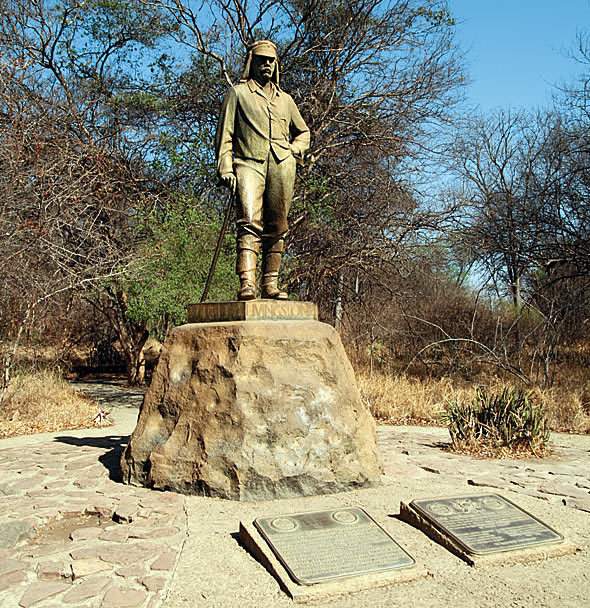

“Creeping with awe at the verge, I peered down into a large rent which had been made
from bank to bank of the broad Zambezi, and saw that a stream of a thousand yards
broad leaped down a hundred feet and then became suddenly compressed into a space
of fifteen to twenty yard….the most wonderful sight I had witnessed in Africa”
Livingstone explained his encounter.
He went on to write about the surrounding area “No one can imagine the beauty of the
view from anything witnessed in England. It had never been seen before by Europeans
eyes, but scenes so lovely must have been gazed upon by angles in their flight” –
Livingstone 1857.
He sent word of the Falls to England deciding he would name them after Queen Victoria.
Still, locals refer to the Falls as Mosi Oa Tunya and the area continues to be revered as
a sacred site among the local tribes.
Obviously David Livingstone was not the first person to see the Victoria Falls, although
he is always credited as having discovered it. Many locals feels they should be
rebranded Mosi Oa Tunya.
David Livingstone returned to the area in 1860 and a detailed study of the falls with
John Kirk. Other early European visitors included Portuguese Explorer Serpa Pinto,
Czech Explorer Emil Holub, who made the first detailed plan of the falls and its
surroundings in 1875 (published in 1880) and British artist Thomas Baines, who
executed some of the earliest paintings of the falls.
Colonial Settlement


It was till the building of the railway in 1905 that the falls started receiving Europeans.
The settlement of Europeans around the Victoria Falls area started around 1900, this
was in response to the desire of Cecil Rhodes’ British South Africa Company for mineral
rights and imperial rule north of the Zambezi, and the exploitation of other natural
resources such as timber forests north-east of the falls, and ivory and animal skins.
Before 1905, the river was crossed above the falls at the Old Drift, by dugout canoe or abarge towed across with a steel cable. Rhodes’ vision of a Cape-Cairo railway drove plans for the first bridge across the Zambezi and he insisted it be built where the spray from the falls would fall on passing
trains, so the site at the Second Gorge was chosen.


During the British Colonial rule of Northern Rhodesia (Zambia) and Southern Rhodesia
(Zimbabwe), the falls became an increasingly popular attraction. With the town of
Victoria Falls on the Southern side, becoming the main tourist centre.
By the end of the 1990’s almost 300,000 people were visiting the falls annually, and in
the next decade this was expected to rise to over a million.
The two countries permitted tourists to make day trips from each side and visas can be
obtained at the border posts. As of 01 December 2013 costs for the visas vary from
US$45-US$80.
Visitors with single entry visas will need to purchase a visa each time
they cross the border, regular changes in Visa regulations mean visitors should check
the rules before crossing the border.
World Heritage Site
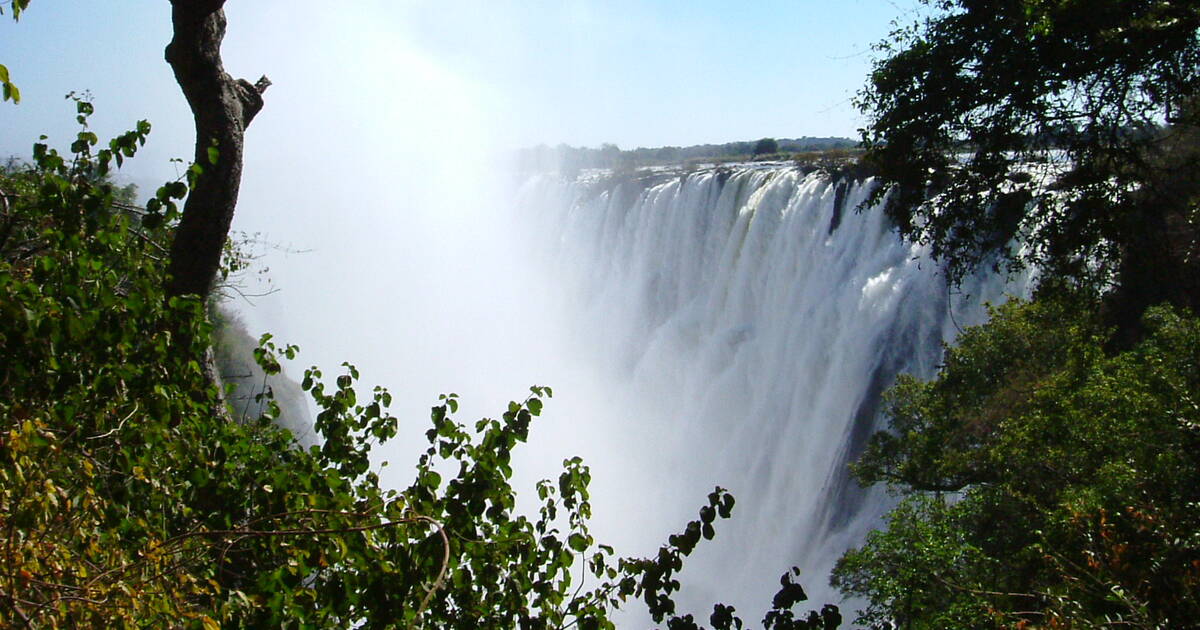

In 1898, Victoria Falls was inscribed as a World Heritage Site.
“What makes the concept of World Heritage exceptional and prestigious is its universal
application, a World Heritage Site belong to all the people in the world irrespective of
the territory on which they are located.”
The United Nations Educational, Scientific and Cultural Organization (UNESCO) seek to
encourage the identification, protection and preservation of cultural and natural heritage
around the world considered to be of outstanding value to humanity.
This is embodied in an international treaty called the Conservation concerning the
Protection of the World Cultural and Natural Heritage, adopted by UNESCO in 1972.
For many year the Falls has also enjoy the position of one of the seven Natural
Wonders of the World, this is voted on and changes from time to time.
A visit to this spectacular and breathtaking natural phenomenon – The Smoke that
Thunder is a truly magical experience and the falls is a must see attraction on any visit
to Africa.

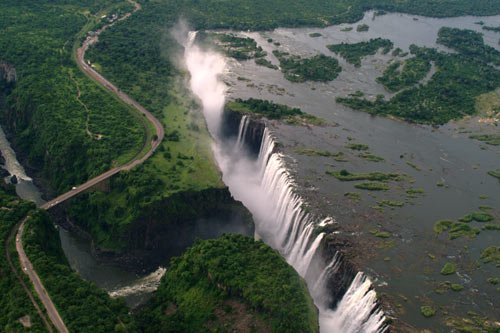
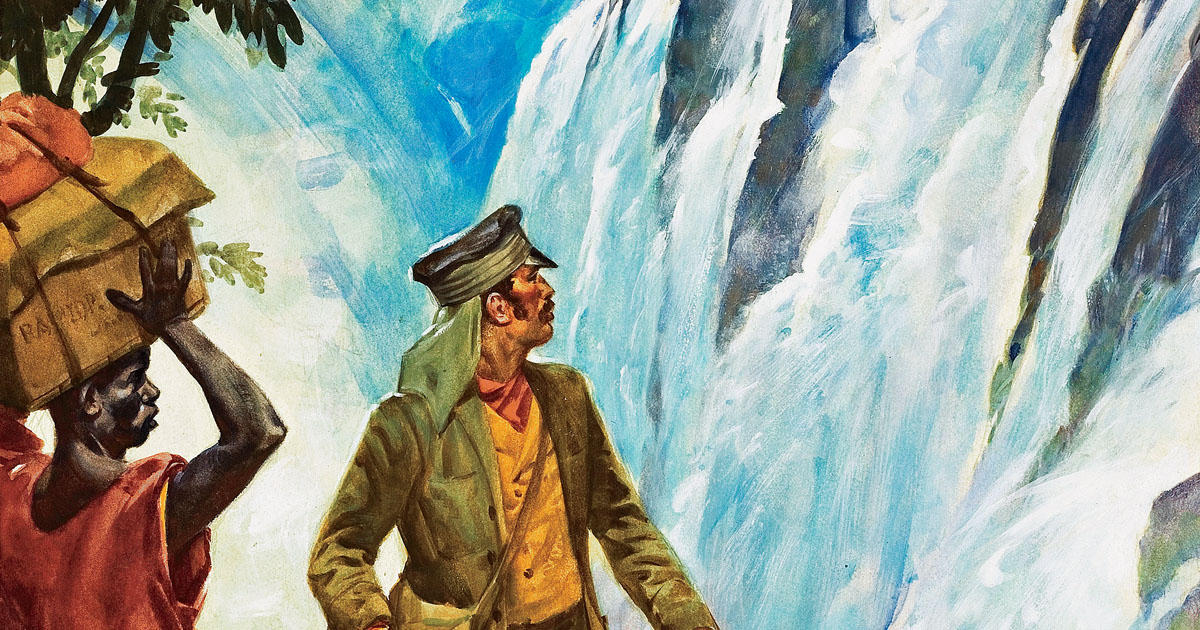


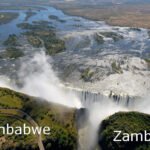

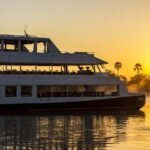
Leave a Reply